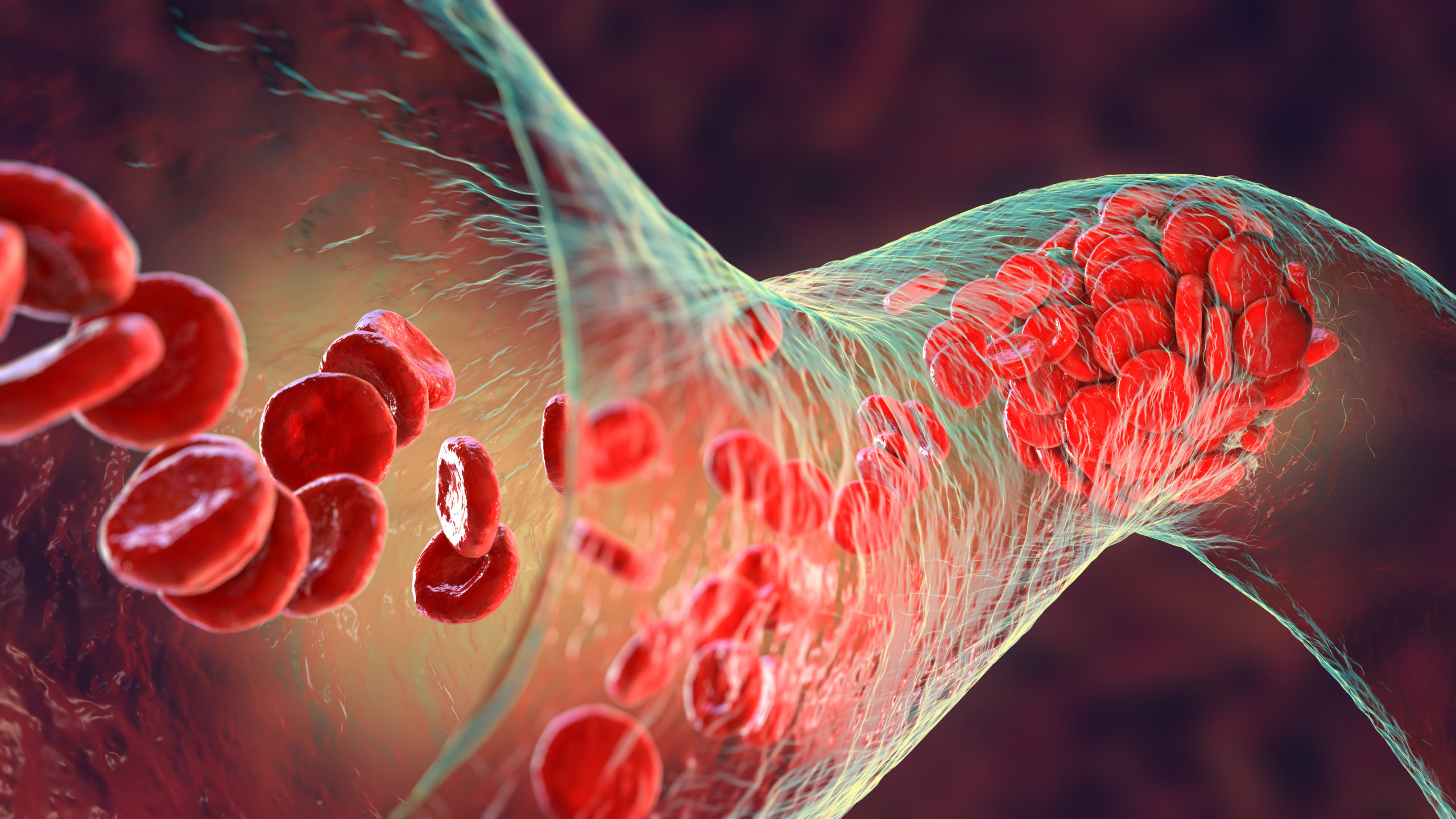
Laboratory testing of blood is common in the world of medicine and can tell health care providers a lot about how your body is functioning. There are a few suspected diseases, however, that may cause your doctor to refer you to a hematologist, a doctor whose expertise encompasses all diseases and conditions related to the blood.
Here are six of those critical blood related diseases/conditions that might refer you to a hematologist.
Leukemia
Leukemia is cancer of the blood or bone marrow and is caused by the proliferation of white blood cells. The disease, which occurs in both adults and children, can either be acute (rapidly spreading), or chronic (progresses more slowly).
According to the American Society of Hematology (ASH), leukemia falls into the classification of either lymphocytic, which refers to abnormal cell growth in the marrow cells, or myelogenous leukemia, in which abnormal cells form in the marrow cells. Overall, there are four classifications of leukemia:
- acute myelogenous leukemia (AML)
- acute lymphocytic leukemia (ALL)
- chronic myelogenous leukemia (CML)
- chronic lymphocytic leukemia (CLL)
Hematologists diagnose leukemia using a complete blood count (CBC), which reveals the presence of leukemia cells. Another indication that tells a hematologist if you might have leukemia is abnormally augmented levels of white blood cells or abnormally lower levels of red blood cells.
Lymphoma
Lymphoma is another cancer that falls in the realm of the hematologist. This disease originates in the infection-fighting cells called lymphocytes and affects the lymphatic system, which is comprised of lymph nodes in the neck, groin, chest, armpits, and abdomen. When the lymphocytes proliferate, they subsequently form lymphoma cells, which build and spread in the lymph nodes.
Lymphomas fall into two categories: Hodgkin lymphoma and non-Hodgkin lymphoma. ASH states: “Most non-Hodgkin lymphomas are B-cell lymphomas, and either grow quickly (high-grade) or slowly (low-grade). There are over a dozen types of B-cell non-Hodgkin lymphomas. The rest are T-cell lymphomas, named after a different cancerous white blood cell, or lymphocyte.”
This lymphatic malignancy is diagnosed using not only blood tests, but also bone marrow biopsies and imaging tests (such as CT scan or PET scan). The imaging tests are especially effective in helping to discern if the cancer has spread beyond the lymph nodes to organs such as the lungs and spleen.
Anemia
Anemia is a condition characterized by a lack of healthy blood cells to carry sufficient oxygen through the body. People who suffer from anemia often present with extreme fatigue and weakness. To diagnose anemia, hematologists will use the aforementioned CBC to check the levels of both hemoglobin (a protein that carries oxygen) and hematocrit (a measure of red blood cells). Moreover, the CBC assesses the number of red blood cells, white blood cells, and platelets in your blood.
If the CBC tests indicate that you have anemia, the hematologist will order additional blood tests to analyze the severity of the condition, as well as the ideal treatment plan. These additional tests may include:
- Reticulocyte count: A test that measures the number of reticulocytes (premature red blood cells in your blood).
- Peripheral smear: Where a sample of your blood is examined under a microscope. If you have iron-deficiency anemia, your red blood cells will look smaller and paler than normal.
- Serum iron: A test that measures the amount of iron in your blood. It’s important to note, that your iron level might be normal, even if the total amount of iron in your body is too low.
Sickle Cell Disease
Sickle cell disease is an inherited blood disorder that affects approximately 100,000 Americans, according to the Sickle Cell Disease Foundation. People with this disease have red blood cells that produce an abnormal amount of hemoglobin, known as hemoglobin S (HbS). Unlike healthy red blood cells, which have a disc-like shape with a concave center (not unlike a doughnut), sickle cells display a crescent, or sickle shape, hence the name. Additionally, while healthy red blood cells travel seamlessly through blood vessels, sickle cells clump together and become lodged in the vessels. This causes people who suffer from the disease immense pain and discomfort.
According to Mayo Clinic, to diagnose sickle cell disease, hematologists use a blood test to “check for the defective form of hemoglobin that underlies sickle cell anemia. In the United States, this blood test is part of routine newborn screening. But older children and adults can be tested, too.”
In adults, they note, this blood is drawn from a vein in the arm. In children and babies, blood will be drawn either from the finger or heel.
Deep Vein Thrombosis
A deep vein thrombosis (DVT) occurs when a blood clot, or thrombus, forms in one of more of the deep veins, most commonly in your legs. People with DVTs may experience leg pain and swelling or have no symptoms at all. DVTs can develop as the result of certain medical conditions, or from long periods of remaining sedentary, such as following an accident or surgery. People with varicose or spider veins are also likely to develop DVT, so they should consider seeking spider vein treatments.
DVTs can be serious, or even fatal, when the clots break off, travel up the blood stream, and become lodged in the lungs. The obstruction causes what is known as a pulmonary embolism (PE).
So where does a hematologist come in to diagnose DVTs? A D-dimer blood test is often used to detect these clots. Mayo Clinic notes that D dimer is a type of protein produced by blood clots, and almost all people with severe DVT have increased blood levels of D dimer. If the blood test for D-dimer comes back normal, it can help rule out PE.
Sepsis
Sepsis occurs when the body has an adverse reaction to an infection that causes damage to the tissues, greatly impacting function. The condition mainly occurs in people who are hospitalized or have been recently hospitalized, with patients in intensive care at especially high risk of infections that can lead to sepsis.
Hematologists play a critical role in the detection of sepsis and may implement several tests to discern the presence of the condition. These tests, according to the Sepsis Alliance, include:
- CBC: As previously discussed, a CBC test measures white blood cells. A higher-than-average WBC count may indicate an infection, and too few WBCs suggest you’re at risk of future infection.
- Blood culture: A blood test that identifies what type of bacteria or fungi caused the infection in your blood. These tests are collected independent of other blood tests.
- Prothrombin time and partial thromboplastin time (PT and PTT), platelet count, and d-dimer: Sepsis often negatively affects blood clotting. If the PT and PTT tests are elevated, it can suggest your blood is poorly clotting, and forming unseen clots in vessels throughout your body.
All of these blood diseases are serious, and they can become life-threatening. However, hematologists are well trained and highly knowledgeable in the treatment of all blood conditions, making them an integral cog in the medical apparatus.







 © 2025 Mashup Media, LLC, a Formedics Property. All Rights Reserved.
© 2025 Mashup Media, LLC, a Formedics Property. All Rights Reserved.